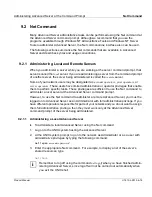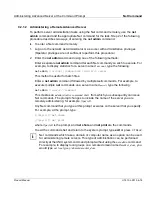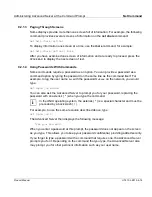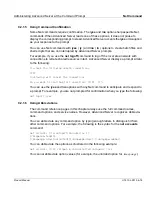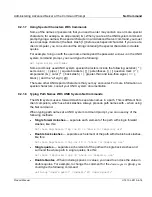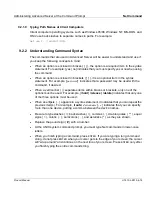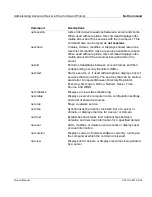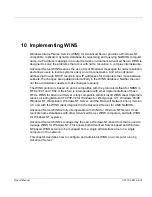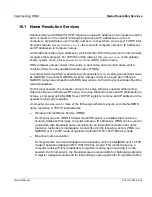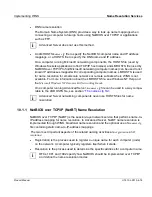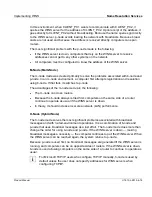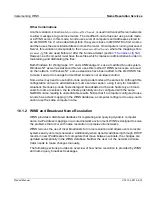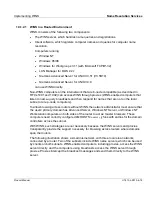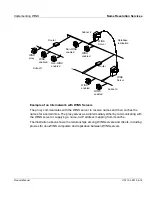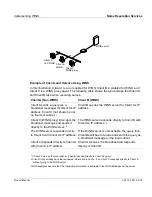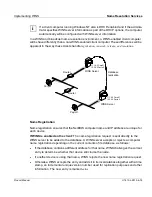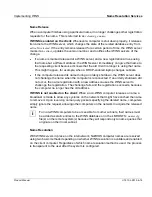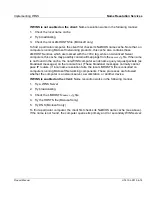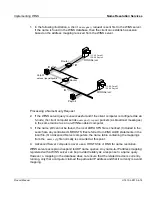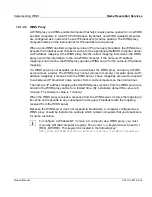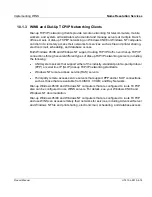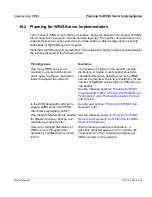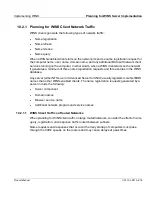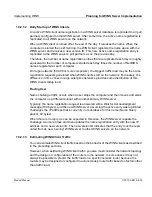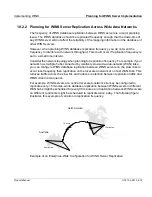
Implementing WINS
Name Resolution Services
Product Manual
U7613-J-Z815-6-76
©
S
iem
e
n
s
N
ix
dor
f
In
fo
rm
at
io
n
s
s
y
s
te
m
e
A
G
1
9
9
5
P
fad
: D:
\O
7
613
e6
\u
761
3e
.k
10
In this environment, when CLIENT_PC1 wants to communicate with CLIENT_PC2, it
queries the WINS server for the address of CLIENT_PC2. Upon receipt of the address, it
goes directly to CLIENT_PC2 without broadcasting. Because the name queries go directly
to the WINS server, p-node avoids loading the network with broadcasts. Because broad-
casts are not used and because the address is received directly, computers can span
routers.
The most significant problem with the p-node mode is the following:
●
If the WINS server is down, computers that rely on the WINS server to resolve
addresses cannot get to any other systems on the network.
●
All computers must be configured to know the address of the WINS server.
M-Node (Multi-Node)
The m-node mode was created primarily to solve the problems associated with b-node and
p-node. In an m-node environment, a computer first attempts registration and resolution
using b-node. If that fails, it switches to p-node.
The advantages of the m-node mode are the following:
●
The m-node can cross routers.
●
Because the b-node always is tried first, computers on the same side of a router
continue to operate as usual if the WINS server is down.
●
In theory, it should increase local area network (LAN) performance.
H-Node (Hybrid Node)
The h-node mode solves the most significant problems associated with broadcast
messages and with routed-environment operations. It is a combination of b-node and
p-node that uses broadcast messages as a last effort. The h-node mode does more than
change the order for using b-node and p-node. If the WINS server is down — making
broadcast messages a necessity — the computer continues to poll the WINS server. When
the WINS server can be reached again, the system returns to p-node.
Because p-node is used first, no broadcast messages are generated if the WINS server is
running, and computers can be on opposite sides of routers. If the WINS server is down,
b-node is used allowing computers on the same side of a router to continue to operate as
usual.
For Microsoft TCP/IP users who configure TCP/IP manually, h-node is used by
default unless the user does not specify addresses for WINS servers when
configuring TCP/IP.
i


